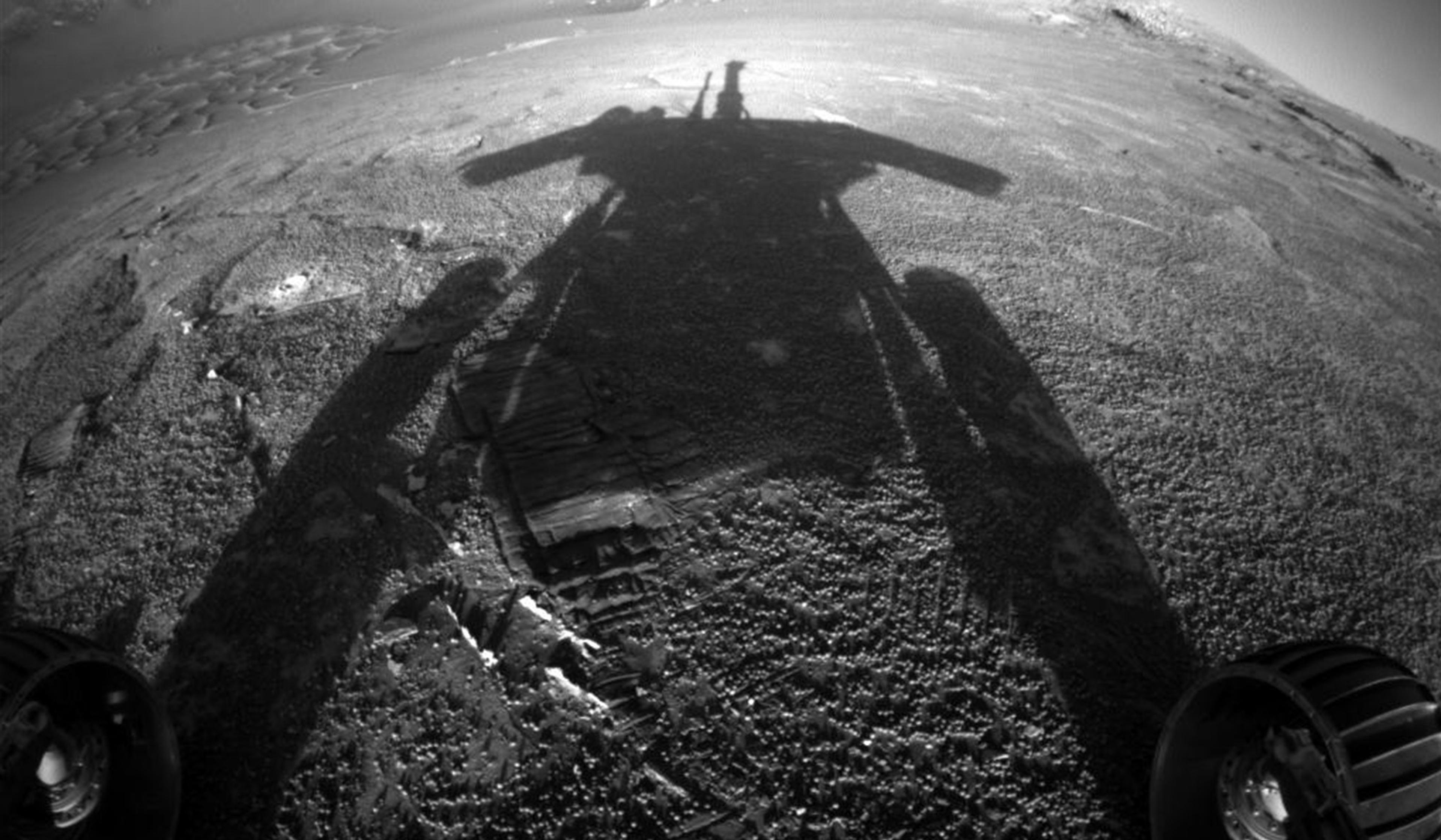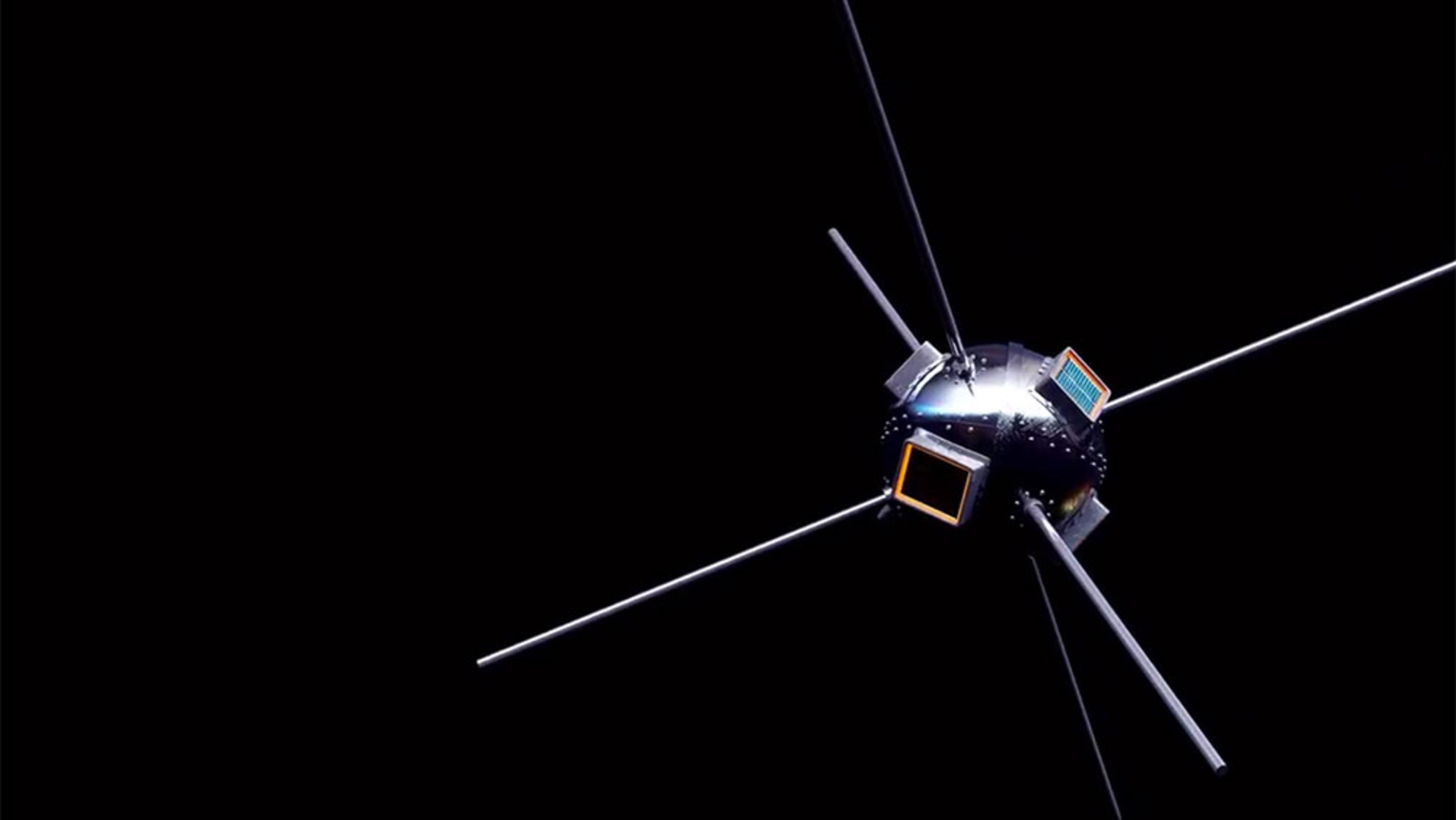Hailed as ‘one of the greatest successes in the history of space exploration’, the European Space Agency’s Rosetta mission marked the first time humans have successfully landed a space probe on a comet. While Rosetta made major headlines in 2014 when its lander, called Philae, touched down on comet 67P/Churyumov–Gerasimenko, the dedicated team of scientists and engineers behind the mission had laboured for 20 years on its innovative design. In this short documentary, Stephan Ulamec of the German Aerospace Center details the patience, inevitable uncertainty and nerve-wracking anticipation that accompanies landing a spacecraft on an object hurling through space at more than 11 miles per second, 300 million miles away.
What it’s like to land on a comet 300 million miles away
Video by Lonelyleap and BBC Future
10 May 2016

videoSpace exploration
How the Rosetta space probe brings a distant comet into vivid focus
3 minutes

videoSpace exploration
What the Martian surface looked like to Oppy – humanity’s most resilient rover
2 minutes

videoAstronomy
How an unplanned picture from Apollo 8 altered humanity’s perspective of Earth
30 minutes

videoSpace exploration
The rarely told story of the fruit flies, primates and canines that preceded us in space
12 minutes

videoSpace exploration
‘Space junk’ is a calamity in the making and a threat to anyone venturing off Earth
11 minutes

videoSpace exploration
Could we make a home on Mars? It would be a very unique psychological situation
3 minutes


